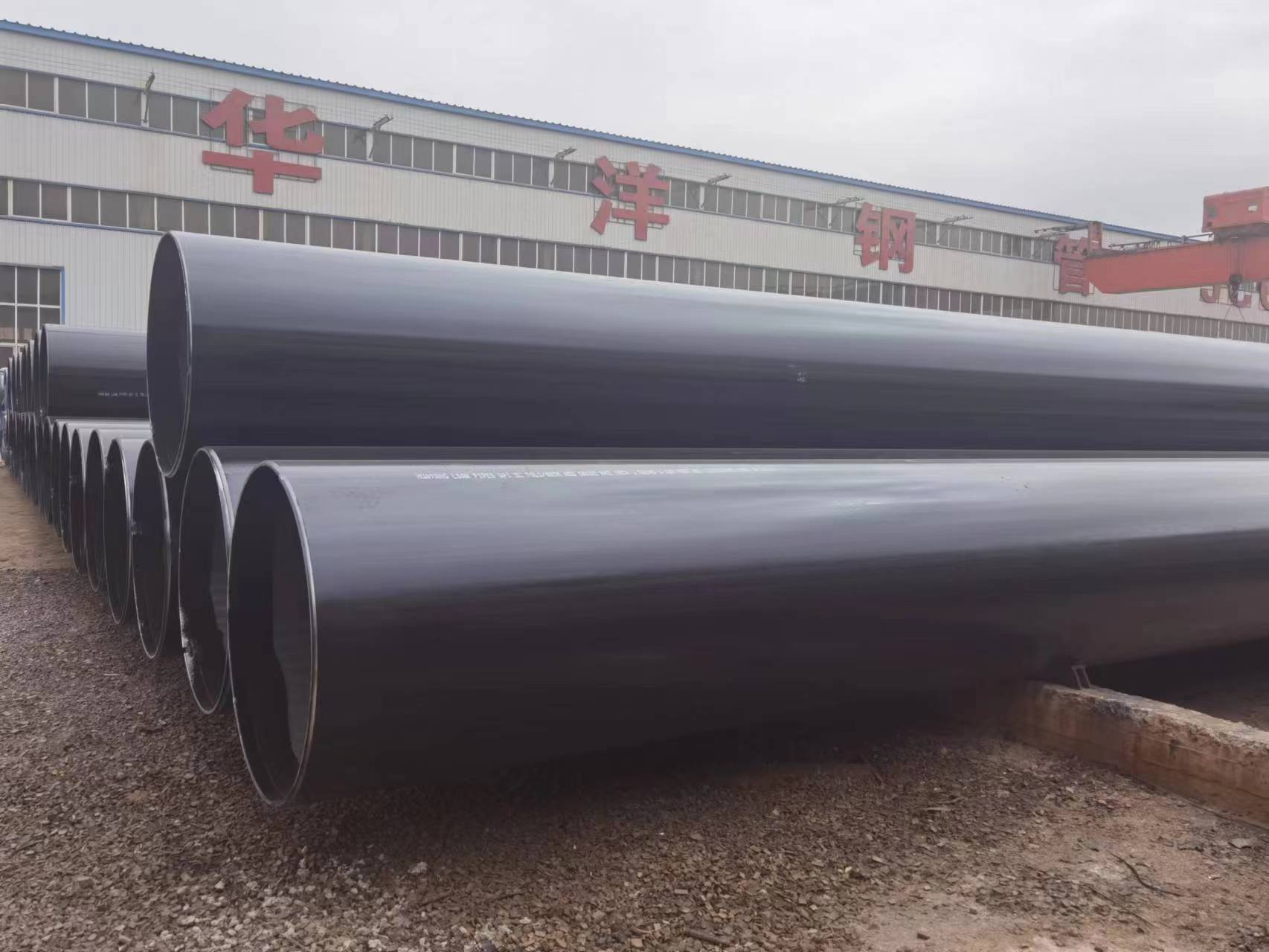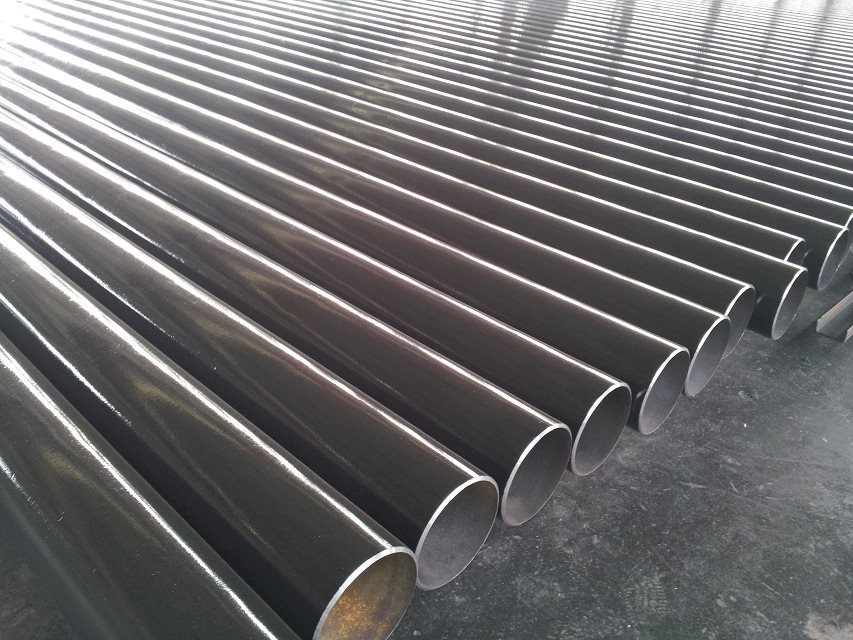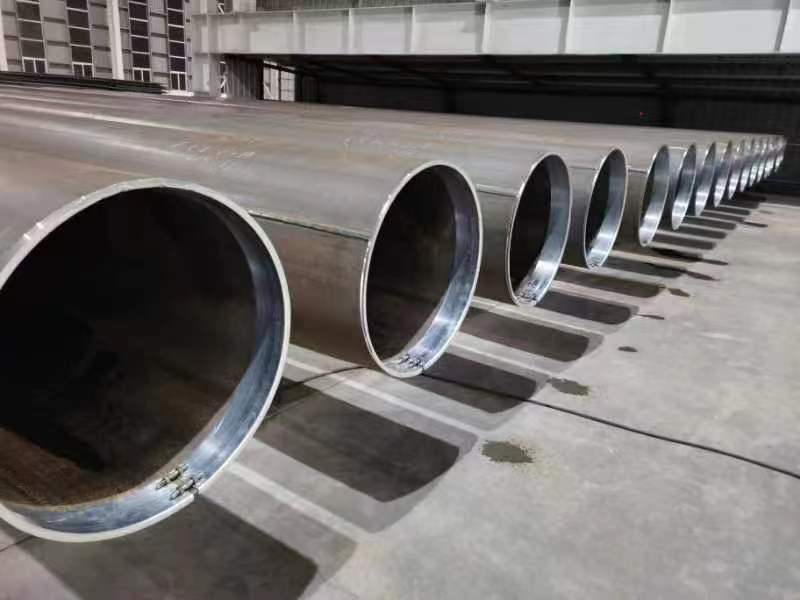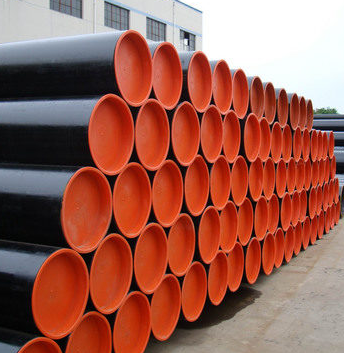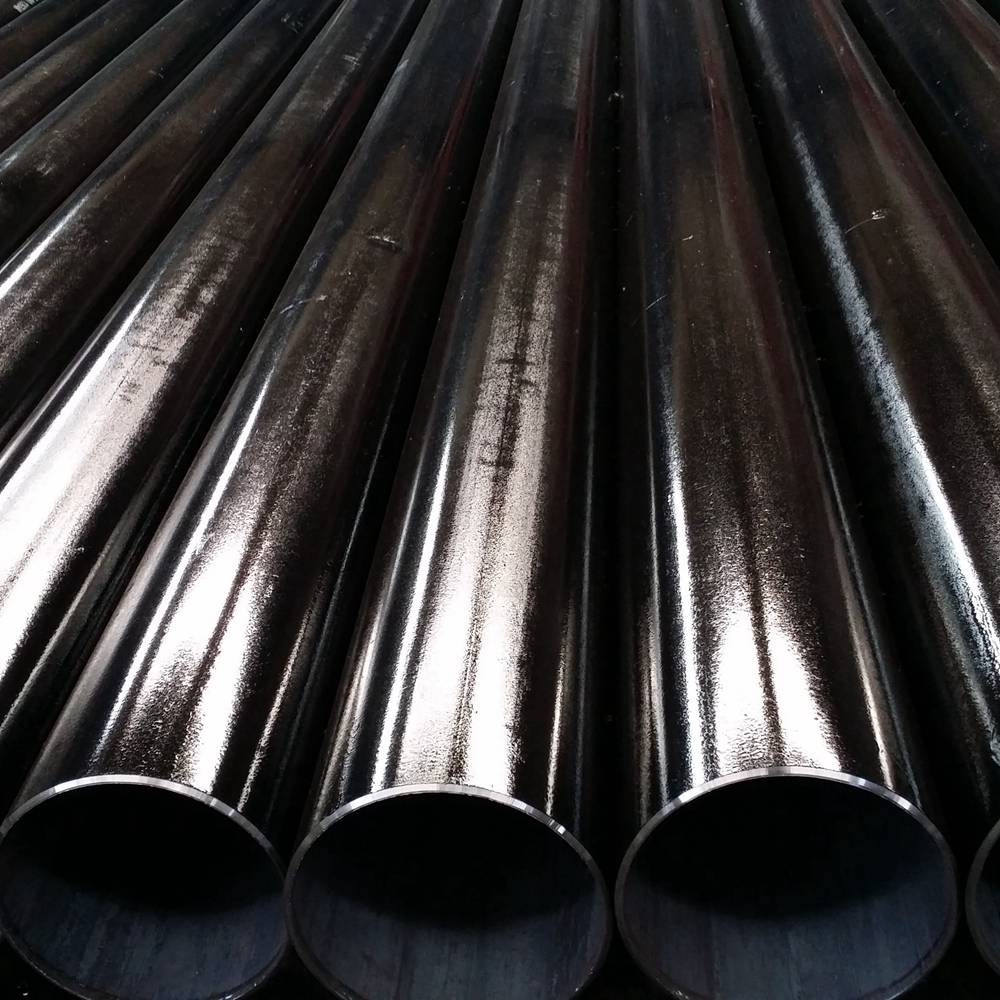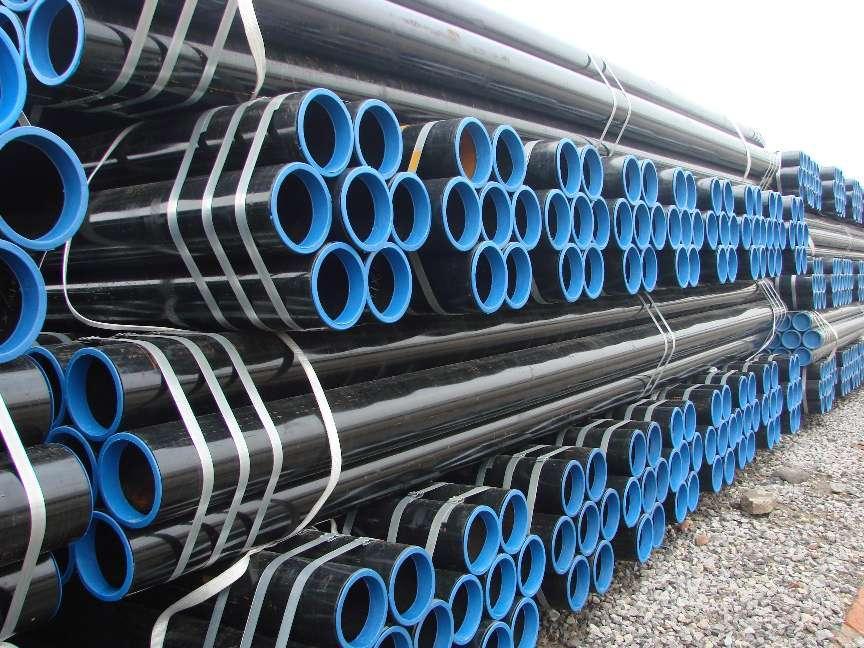Tag/linepipe
-
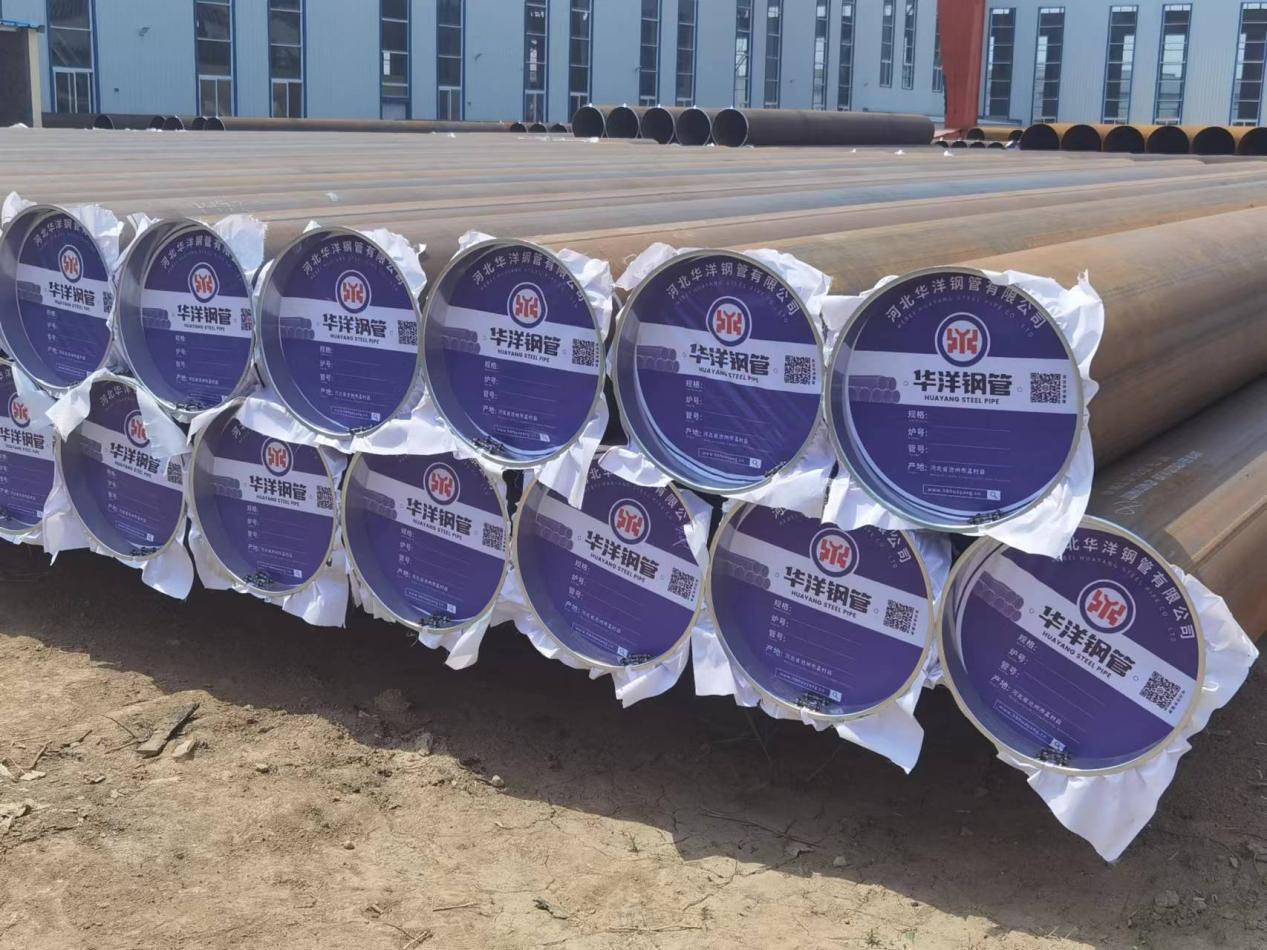 API 5L Pipe Line, Oil & Gas LinePipe, LSAW Steel Pipe
API 5L Pipe Line, Oil & Gas LinePipe, LSAW Steel Pipe -
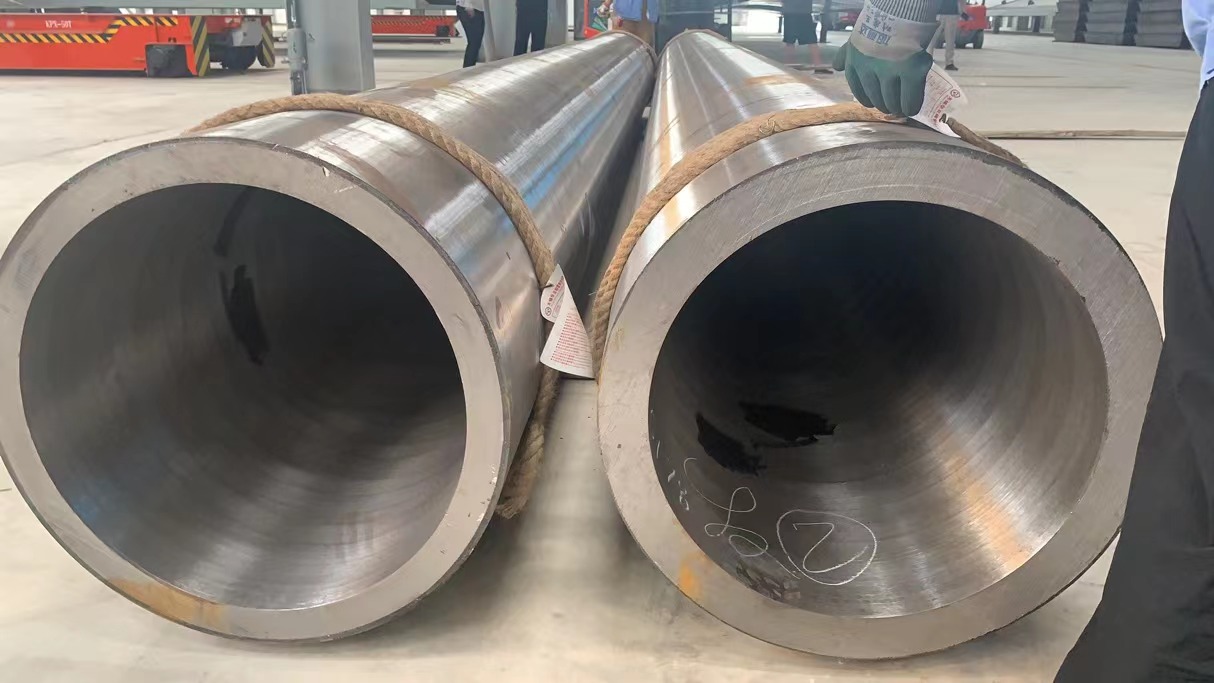 Mechanical Tube
Mechanical Tube -
 3LPE Coated Steel Pipe used in pipeline transportation
3LPE Coated Steel Pipe used in pipeline transportation -
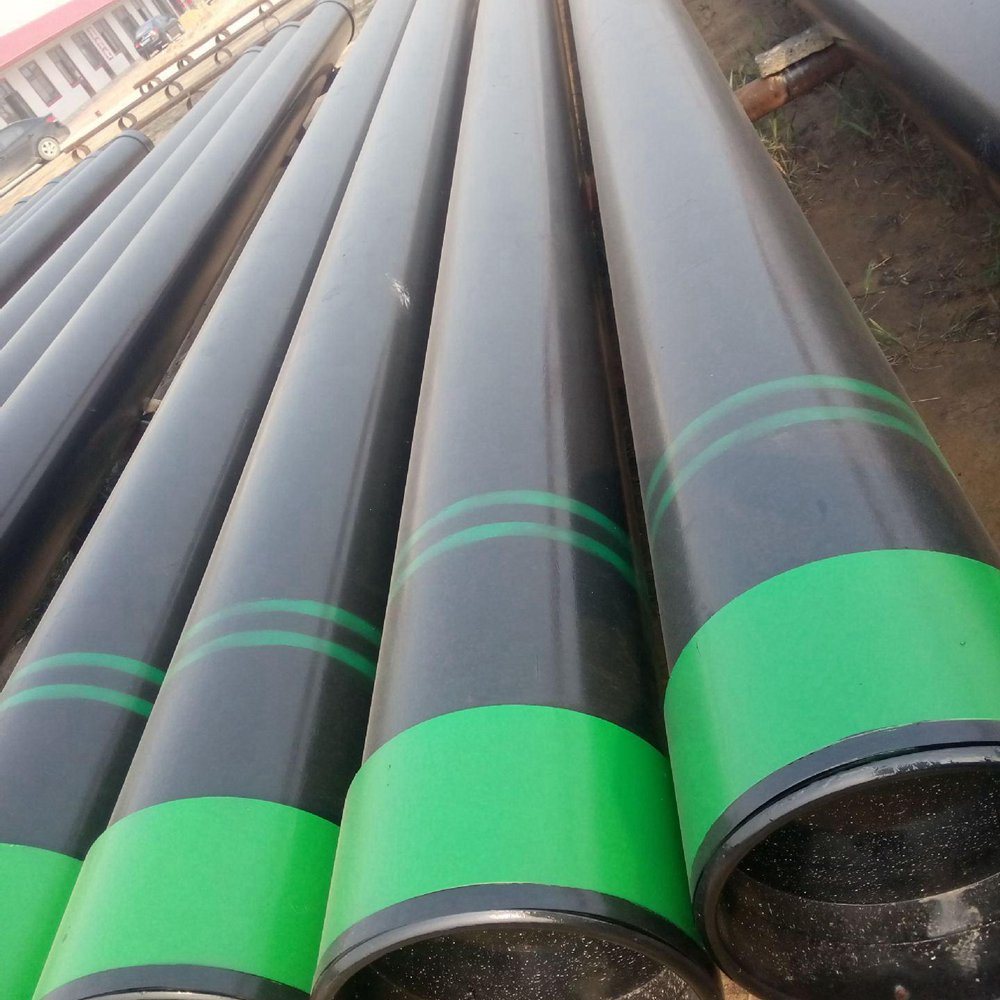 API 5CT TUBING CASING PIPE, OCTGOIL COUNTRY TUBULAR GOODS
API 5CT TUBING CASING PIPE, OCTGOIL COUNTRY TUBULAR GOODS -
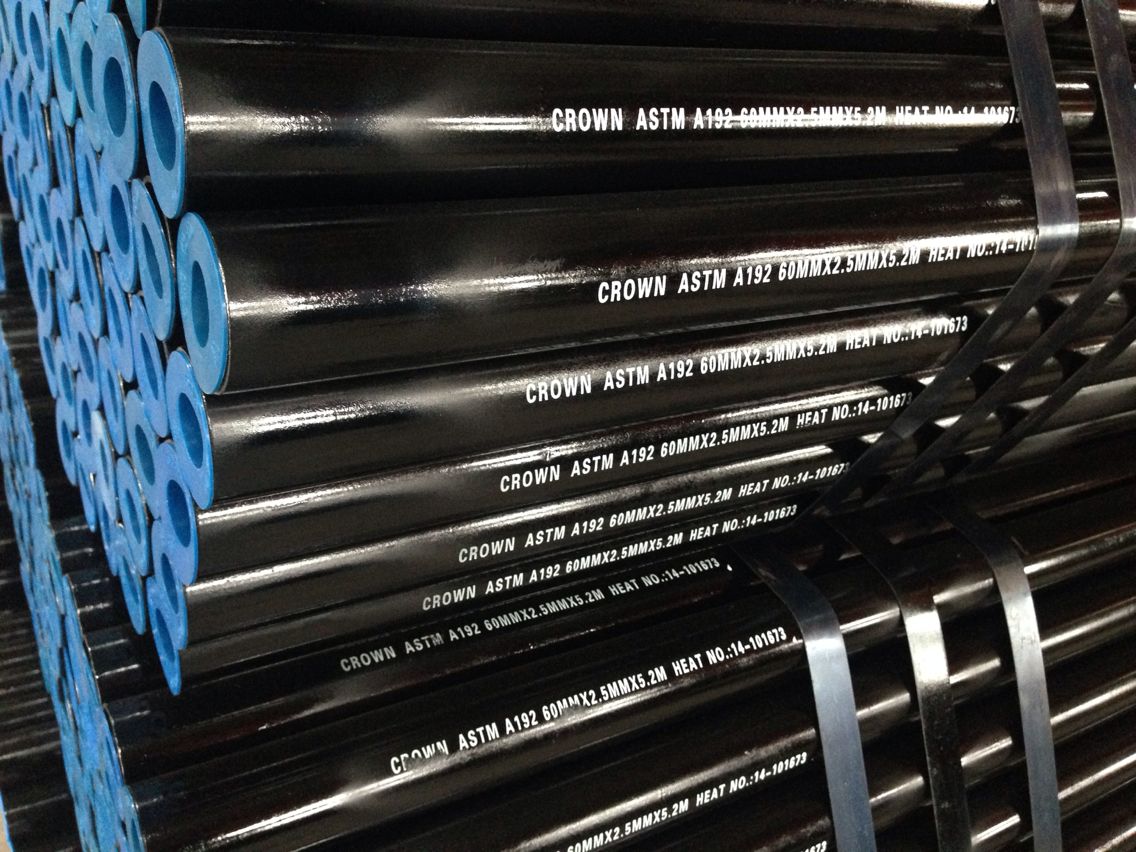 Boiler Steel Pipe
Boiler Steel Pipe -
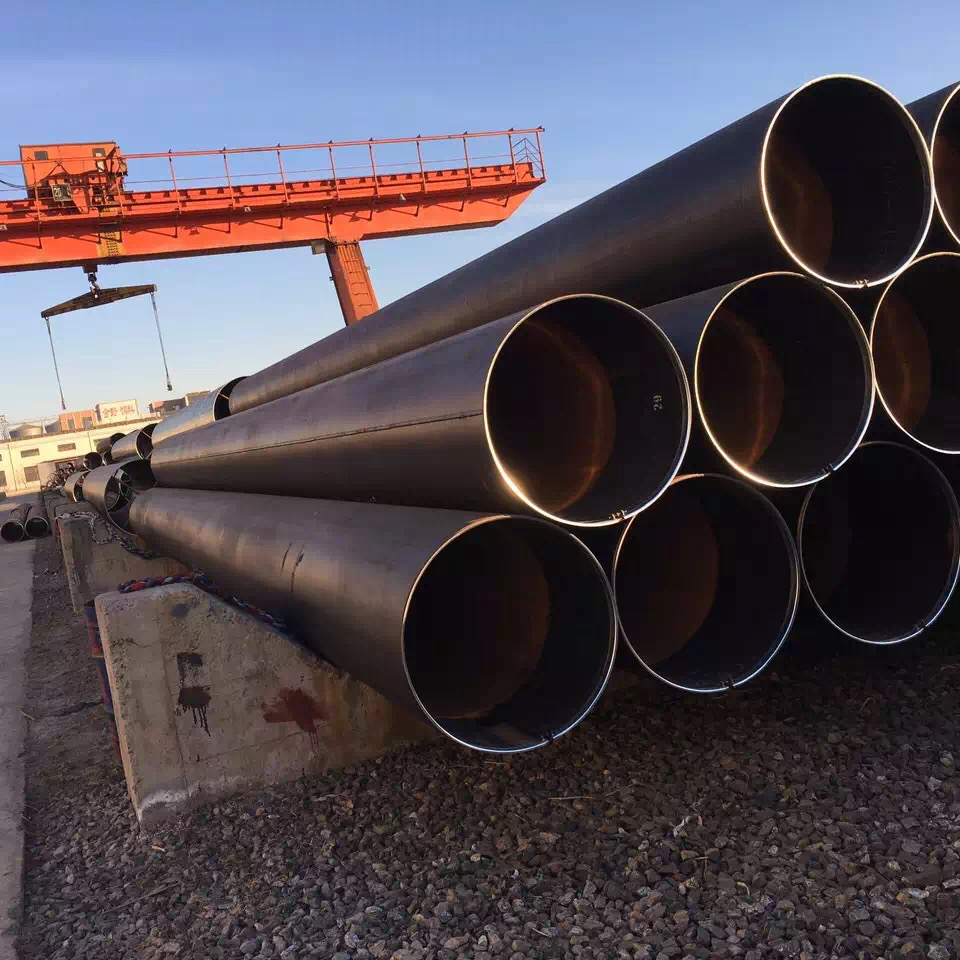 Submerged arc welded steel pipe
Submerged arc welded steel pipe -
API 5L Line Pipe Seamless Steel Pipe
-
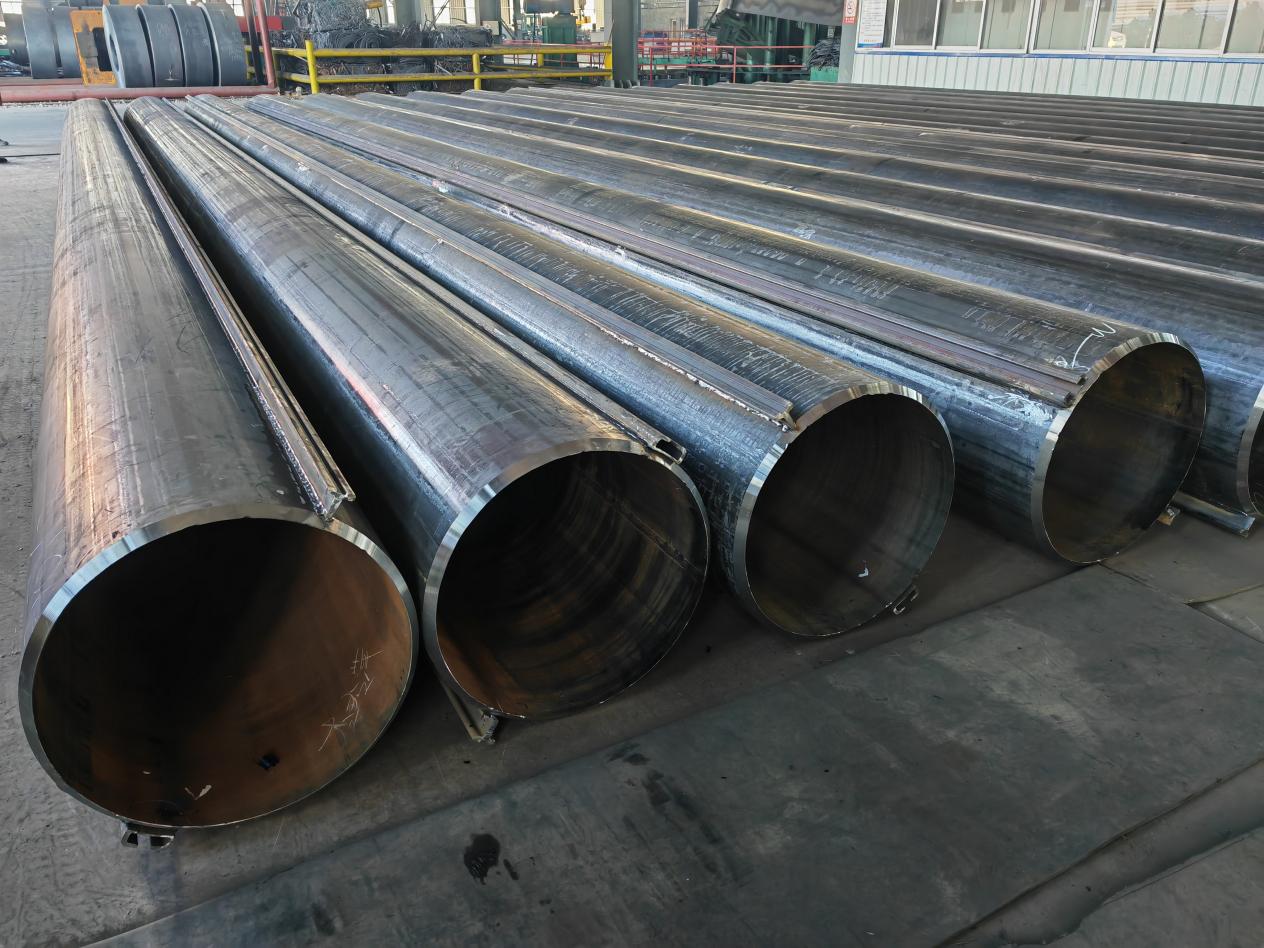 ASTM A252 Piling Pipe application in buildings and retaining walls
ASTM A252 Piling Pipe application in buildings and retaining walls -
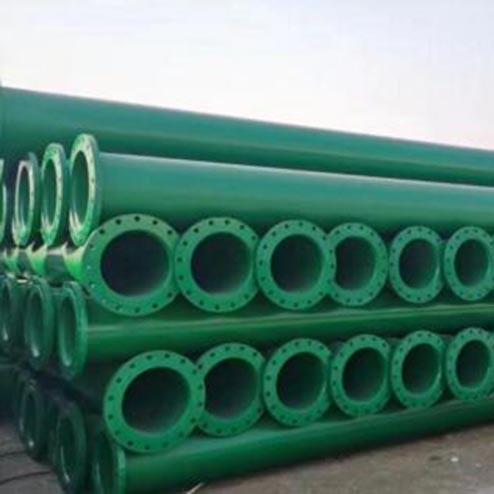 Metal welding services
Metal welding services -
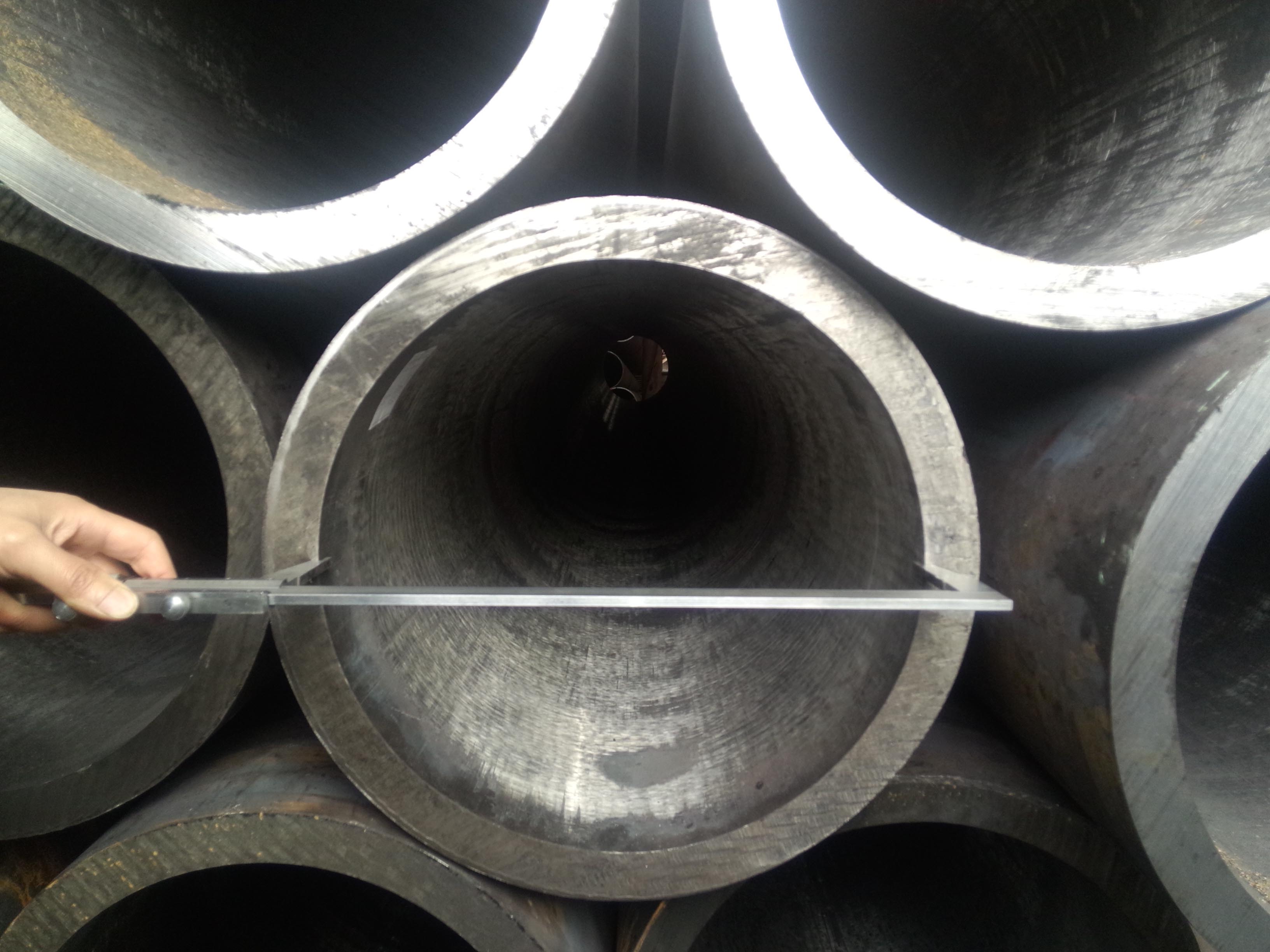 TUBE FOR PRESSURE PURPOSES
TUBE FOR PRESSURE PURPOSES
Produtct Title
linepipeRelated News
-
2024-06-15Chinese manufacturer specializes in linepipe productionChina's Linepipe Manufacturers Pioneers in Global Pipeline Industry China, the world's manufacturi
-
2024-06-15Chinese linepipe exporterChina's Position as a Leading Linepipe Exporter A Global PerspectiveChina, the world's second-larg
-
2024-06-30Leading Chinese Supplier for Welded Steel Pipes in Construction IndustryChina's Welded Steel Pipe Suppliers and Their Impact on Construction Industry China, the world's m
-
2024-11-22Stainless steel pipe-a500 erw steel pipe tubes factoriesThe production process of general seamless steel pipes(smls pipe) can be divided into two types: cold-drawn and hot-rolled. The production process of cold-rolled seamless steel pipes is generally more complicated than that of hot rolling. In the sizing test, if the surface does not respond to cracks, the pipe must be cut by a cutting machine and cut into a blank of about one meter in length. Then enter the annealing process. Annealing needs to be pickled with acidic liquid. When pickling, pay attention to whether there is a lot of blistering on the surface. If there is a lot of blistering, it means that the quality of the steel pipe does not meet the corresponding standards. In appearance, cold-rolled seamless steel pipes are shorter than hot-rolled seamless steel pipes. The wall thickness of cold-rolled seamless steel pipes is generally smaller than that of hot-rolled seamless steel pipes, but the surface looks brighter than thick-walled seamless steel pipes. Much rough, without too many burrs.
-
2024-07-26Top Manufacturers of High-Quality 3LPE Pipes for Reliable Industrial Applications and ProjectsHigh-Quality 3LPE Pipe Manufacturers Ensuring Durability and ReliabilityIn the real
-
2024-07-28Wholesale Suppliers for High-Quality LSAW Steel Pipes with Competitive Pricing and Reliable ManufacturingUnderstanding Wholesale LSAW Steel Pipe ManufacturersIn the world of construction a
-
2024-07-27Suppliers of Seamless Carbon Steel Pipes According to API Specification 5L for Various ApplicationsUnderstanding API SCH 40 Seamless Carbon Steel Pipe SuppliersWhen it comes to indus
-
2024-06-27Pipe Cutting Techniques in Construction ManufacturingCutting a Pipe in Construction ManufacturingIn the world of construction manufacturing, cutting pi
-
2024-06-13Leading Chinese manufacturers excel in producing high-quality ERW steel pipes.China's Top Quality ERW Steel Pipe Manufacturers Excellence in Manufacturing China, renowned for i
-
2024-06-15Galvanized construction pipe wholesaler exporting globallyWholesale Galvanized Construction Pipe Exporters Key Players in Global Infrastructure DevelopmentI
-
2024-07-12Top China exporter of FBE pipes for global markets, supplying high-quality products.China is known as one of the leading exporters of FBE (Fusion Bonded Epoxy) pipes in the world. Thes
-
2024-11-22Welded Stainless Steel Tubing-Welded Steel PipeThe many unique values provided by stainless steel make it a powerful candidate in materials selection. Corrosion resistance, hygiene and strength of stainless steel make it an ideal choice in the Medical, Aerospace and Industrial industries. To learn more about these benefits see here. The two major categories for tubing and pipe are seamless and welded. The major difference being the seam that is on a welded tube and not on a seamless tube just as the names indicate. Seamless pipe has the increased ability to withstand pressure; because there is no weld seam it is equally strong around the entire circumference. On welded tubing the weld seam is not recognized by the naked eye and takes on the appearance of seamless. Welded tubes have excellent concentricity, are more readily available and cost effective for most applications.
-
2024-07-12Top erw pipe supplier with extensive stock options for all your needsERW pipes, also known as Electric Resistance Welded pipes, are widely used in various industrial app
-
2024-06-12ERW mild steel pipes, wholesale from reputable factoryExploring the World of Wholesale Mild Steel ERW Pipes from Leading FactoriesIn the global industri
-
2024-11-22Stainless steel-Cleaning Stainless Steel AppliancesThere is a wide range of commercial and do-it-yourself products that can be used to remove fingerprints and water marks from stainless steel products. However, the manufacturer’s instructions may be very specific about what cleaners you should use on your stainless steel appliances. (Some brands even recommend avoiding certain cleaners in nearby areas of the kitchen as the fumes can damage the stainless steel finish.) Go rogue, and you risk voiding your warranty. As many larger kitchen appliances are quite pricey, you probably don’t want to do that, so take some time to read the care instructions before you clean your refrigerator or oven.
-
2024-07-27Seamless Steel Pipe Exporters and Their Role in the API Standards Compliance IndustryUnderstanding API LSAW Steel Pipe and the Role of Seamless Steel Pipe ExportersIn t
-
2024-06-26China Construction Pipe ExporterChina Construction Pipe Exporter A Comprehensive GuideAs a leading global exporter of construction
-
2024-07-30Reliable Manufacturer of Premium Quality Steel Pipes for Various Industrial ApplicationsHigh-Quality Steel Pipe Supply Factory The Backbone of Modern InfrastructureIn today
-
2024-11-22Stainless steel-How to Clean Stainless Steel AppliancesIf you follow me on Instagram, you probably have seen pictures of my refrigerator in my cleaning routine pictures. Every time I post one of them, I am asked how I get my stainless steel to look so shiny. How do I keep those pretty appliances looking new and not smudgy and full of fingerprints? If your house is anything like mine, they are covered in the latter more than they have that sleek showroom look. I’ve tested and tried just about every brand on the market and have come to the conclusion that not all stainless steel cleaners are created equal AND not every brand works on every stainless steel appliance. Different appliance brands use different grades of stainless steel and they react differently with various cleaners. I can attest to this in my home because different products work on each stainless appliance. This is why I set out to find something that worked on all of my appliances.
-
2024-07-31Top API Certified Suppliers for High-Quality Oil Steel Pipes and Tubes in the IndustryAPI Oil Steel Pipe Suppliers A Key Component in Global Energy InfrastructureIn the
Related Search
- linepipe
- high quality linepipe
- china linepipe
- wholesale linepipe
- linepipe exporter
- linepipe factory
- linepipe factories
- linepipe manufacturers
- linepipe supplier
- linepipe manufacturer
- linepipe exporters
- linepipe suppliers
- wholesale linepipe factory
- wholesale linepipe manufacturer
- wholesale linepipe factories
- wholesale linepipe exporters
- wholesale linepipe supplier
- wholesale linepipe manufacturers
- wholesale linepipe suppliers
- wholesale linepipe exporter
- china linepipe factory
- china linepipe manufacturer
- china linepipe factories
- china linepipe exporters
- china linepipe supplier
- china linepipe manufacturers
- china linepipe suppliers
- china linepipe exporter
- high quality linepipe factory
- high quality linepipe manufacturer



